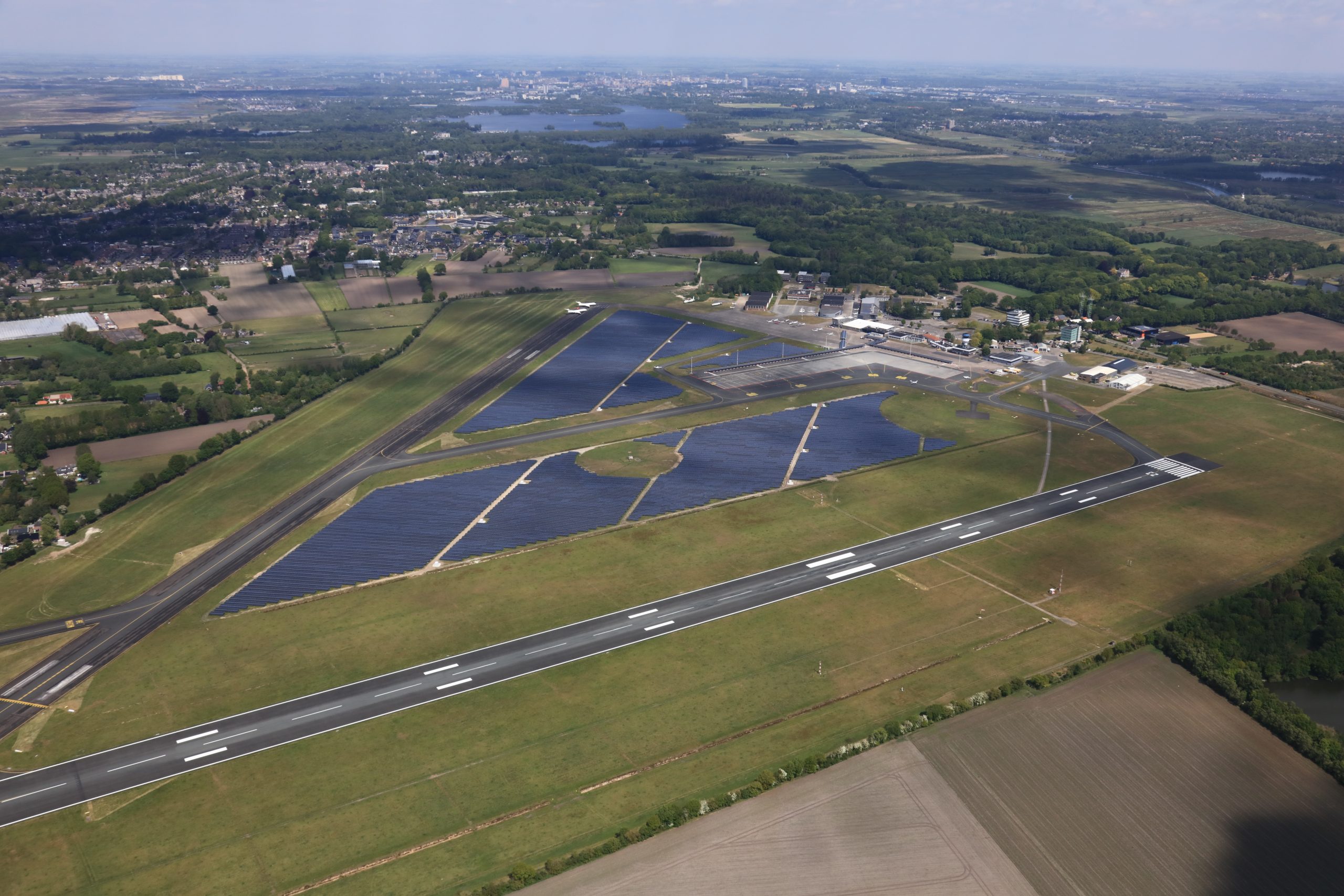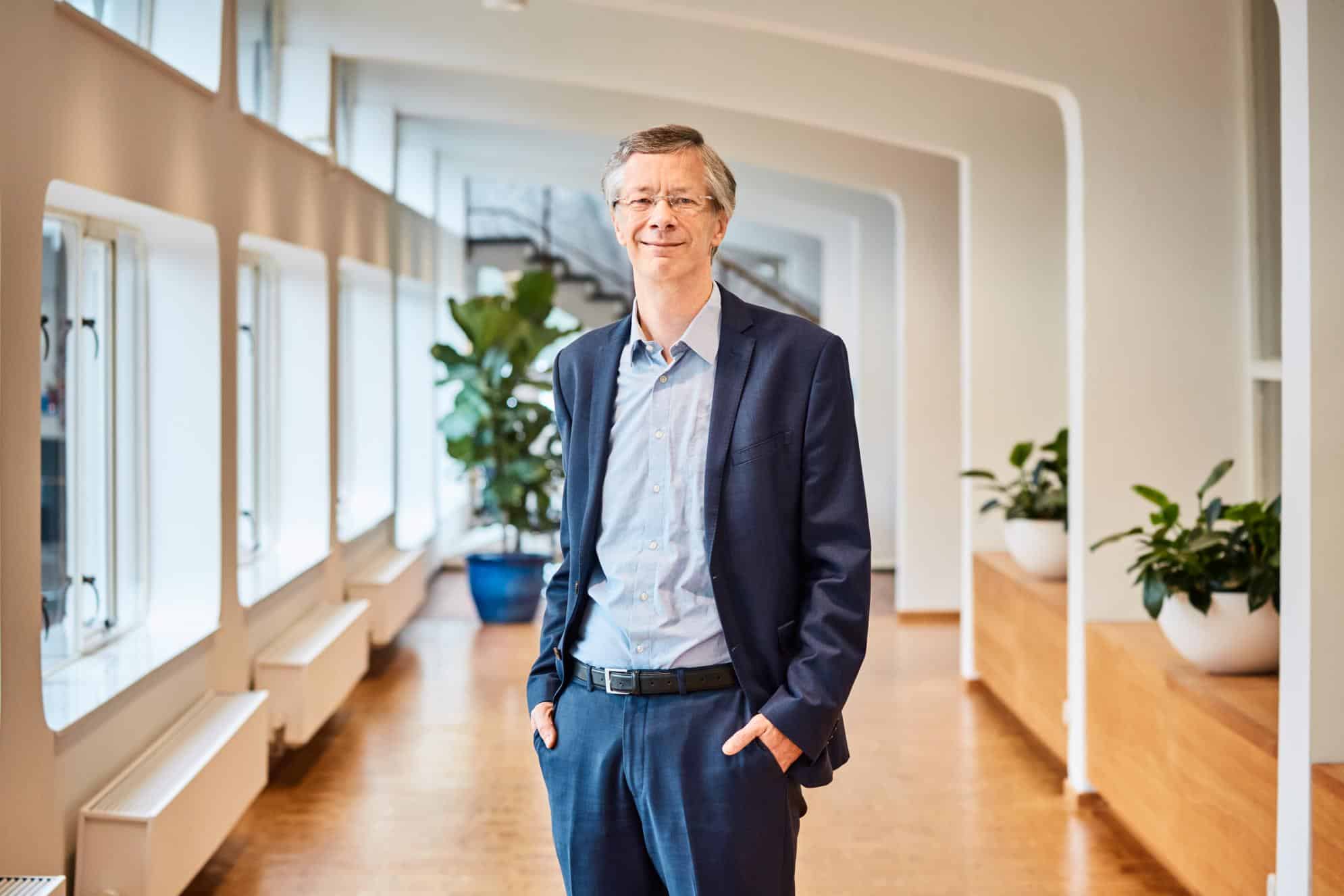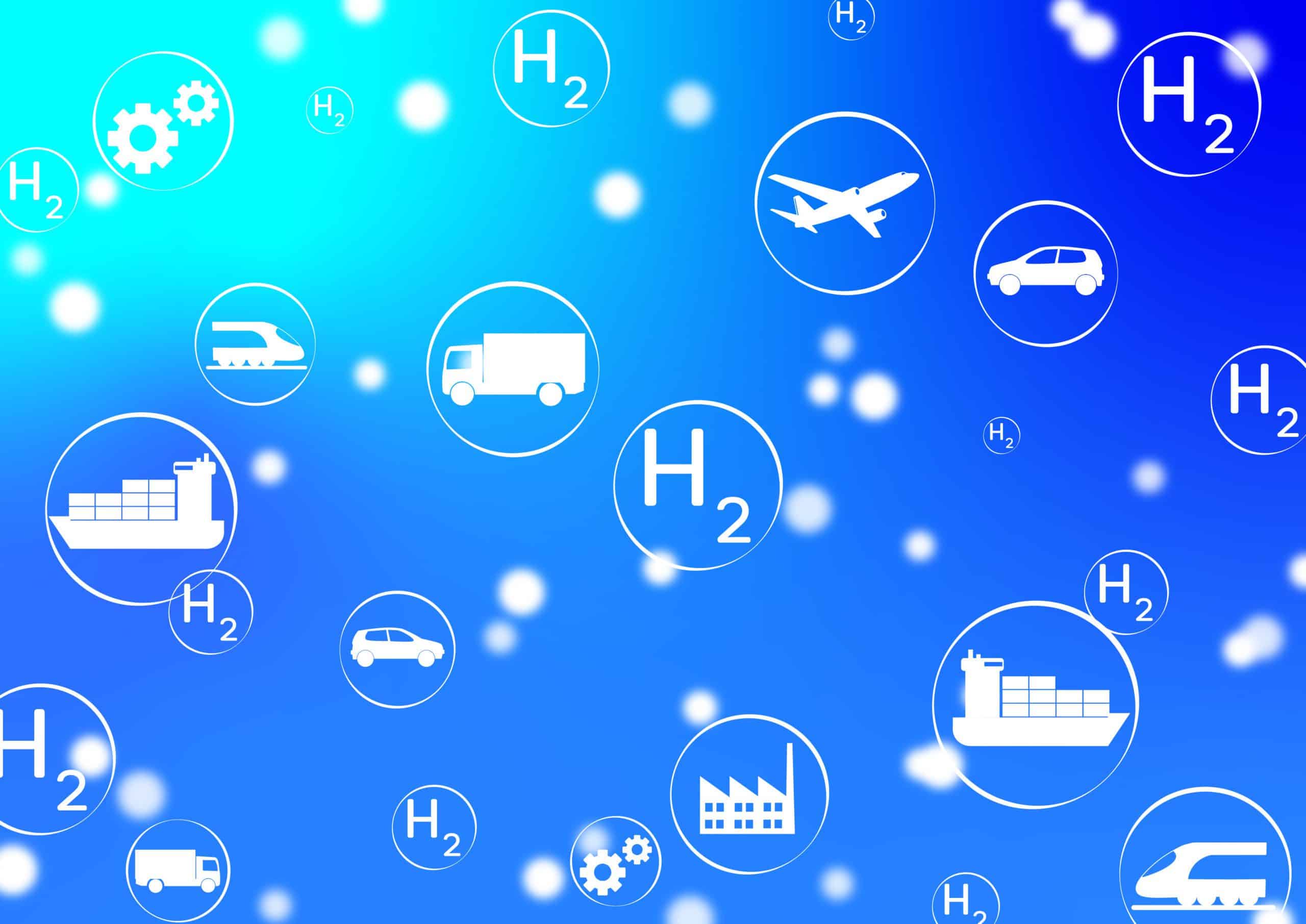
A GPU is a generator that is used for aircraft while on the ground, mainly powered by fossil fuels at present. Thanks in part to the support provided by the Dutch Province of Drenthe and the EU, a hydrogen-powered GPU (H2-GPU) is now going to be installed at Groningen Airport Eelde. Green hydrogen will be used, which is produced by solar energy, Groningen Airport Eelde states.
Holthausen Clean Technology, in collaboration with the Dutch Province of Drenthe, KLM Equipment Service (KES) and Groningen Airport Eelde, will carry out this task. The GPU, currently still being driven by fossil fuels, comes from KES. They are making this GPU available for the development of hydrogen at Groningen Airport Eelde in order to gain experience and to contribute to making aviation more sustainable.

Ground handling equipment at airports
A GPU is used to provide electrical power to aircraft while on the ground. Diesel GPUs are accountable for more than a third of the diesel consumption of ground equipment at airports. In the H2-GPU under development, the diesel engine is making way for a hydrogen powertrain. This will drastically reduce emissions, and experience will be gained with the use of hydrogen in equipment for ground operations at airports. Studies will be conducted for evaluation, optimization and replication purposes throughout the project. The outcomes will be known in the second quarter of 2023.
Hydrogen ambitions of Groningen Airport Eelde
The GPU is in line with Groningen Airport Eelde’s ambition to be able to carry out ground handling activities in an entirely energy-neutral manner by 2030. To achieve this, the airport will mainly make use of hydrogen technology. This ambition is part of the ‘Hydrogen Valley Airport‘ (HVA) project. The airport is leading the way in making aviation more sustainable and is considered a testbed for other airports in the Interreg North Sea Programme area, such as Schiphol.
Hydrogen or electric
Over the coming years, in principle, all Diesel GPUs will be replaced by either an H2-GPU or a battery-powered E-GPU. Paul Feldbrugge, Manager Fleet Management & Engineering: “The advantages for the environment of the current pilot with E-GPUs at Schiphol are already clearly visible, but this solution also has some drawbacks in the form of charging time and transportation to a charging point. We are therefore hoping that with our contribution to this H2 development project, we will be able to eliminate those aforementioned disadvantages.”
Subsidy from HyTrEc2
The funds for this trajectory come from the HyTrEc2 European program, part of the Interreg VB North Sea Region Programme. The Province of Drenthe is a partner in this program which seeks to support the use of hydrogen in the transport and energy sector in the North Sea Region (NSR).








